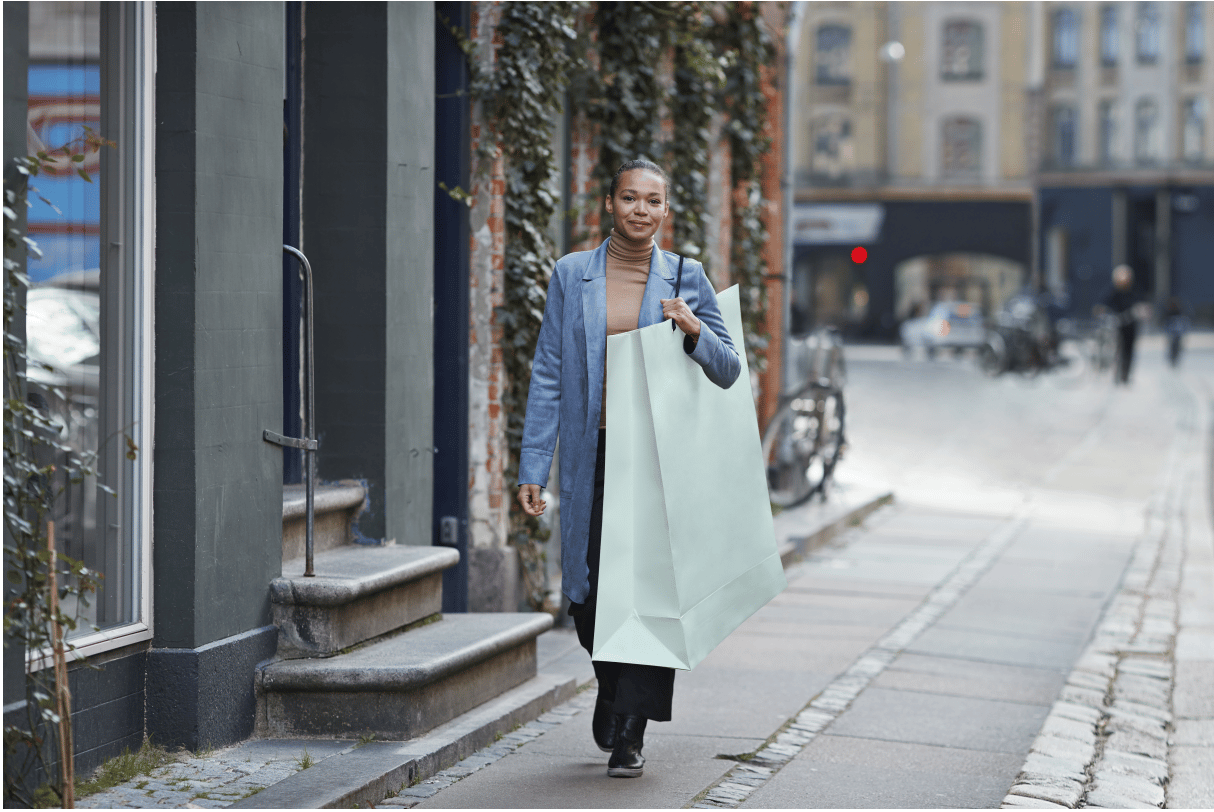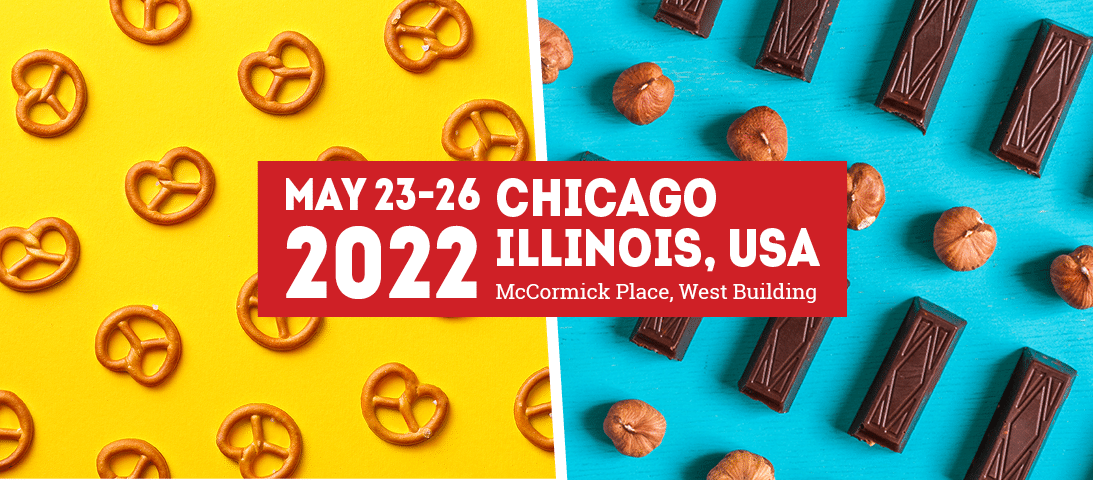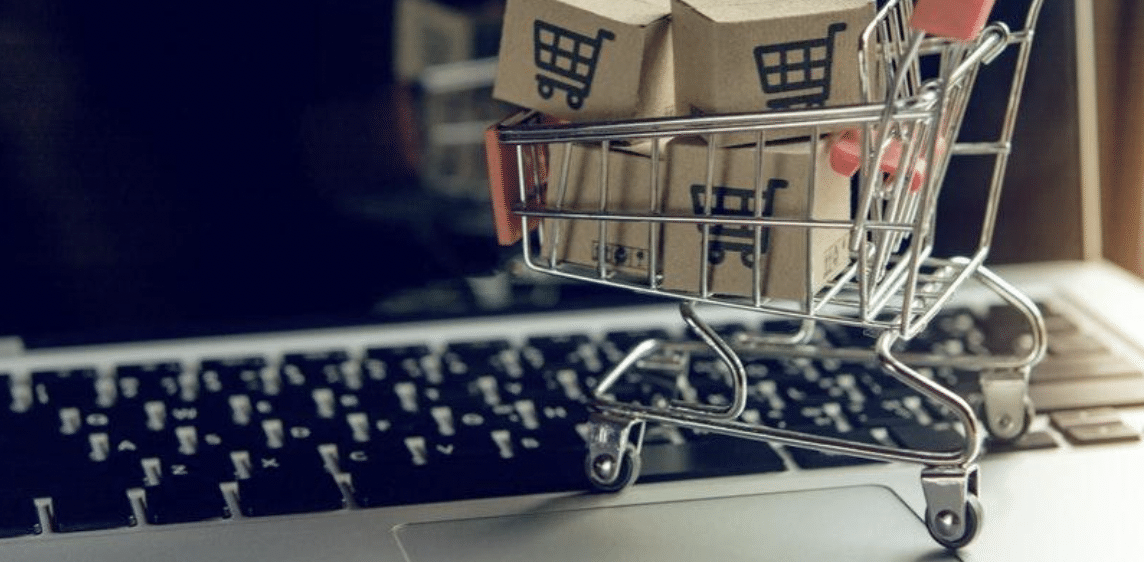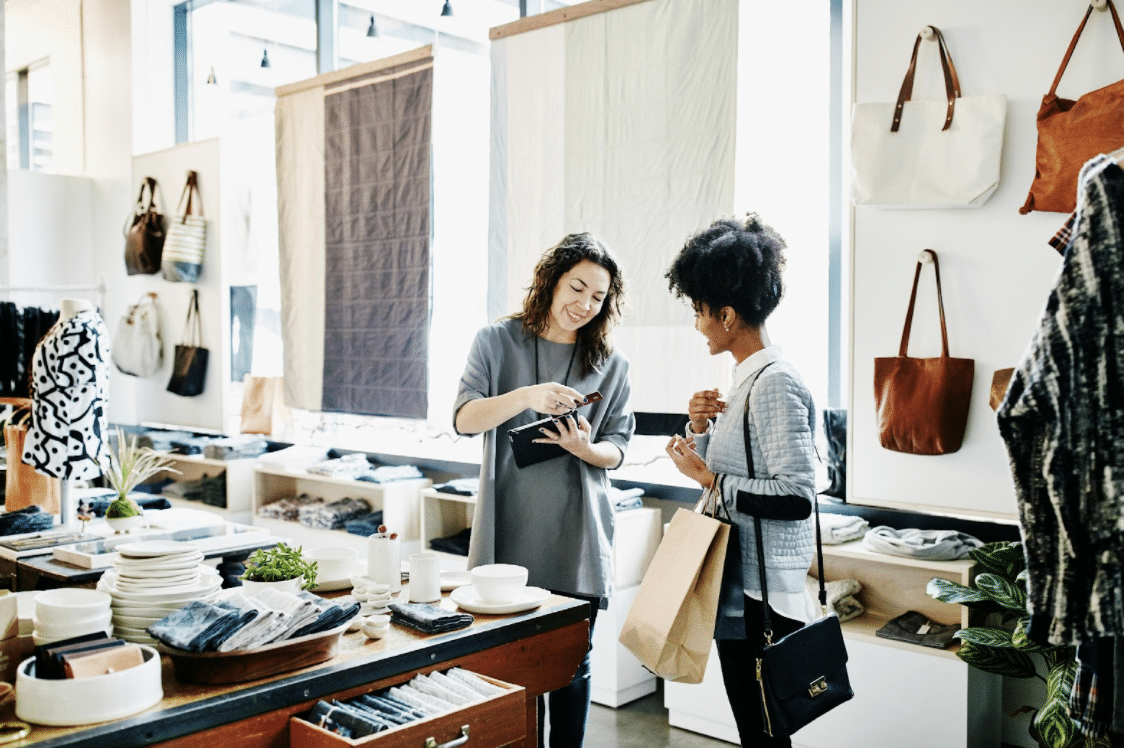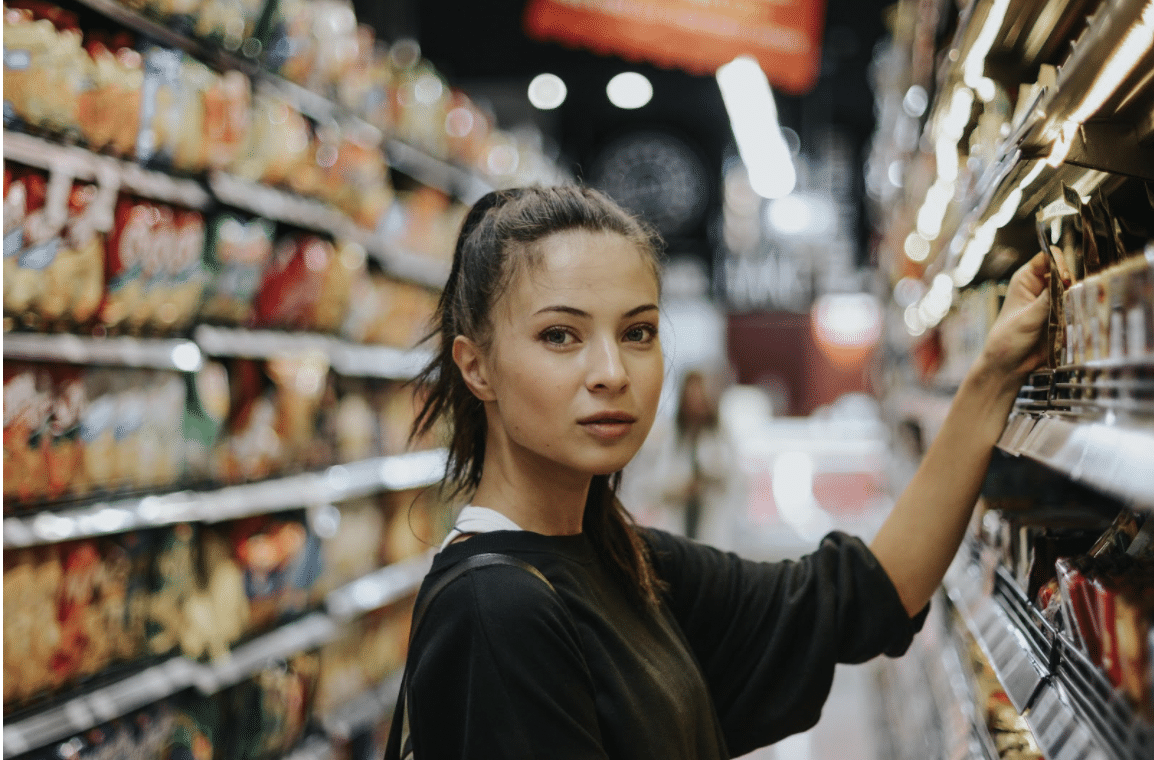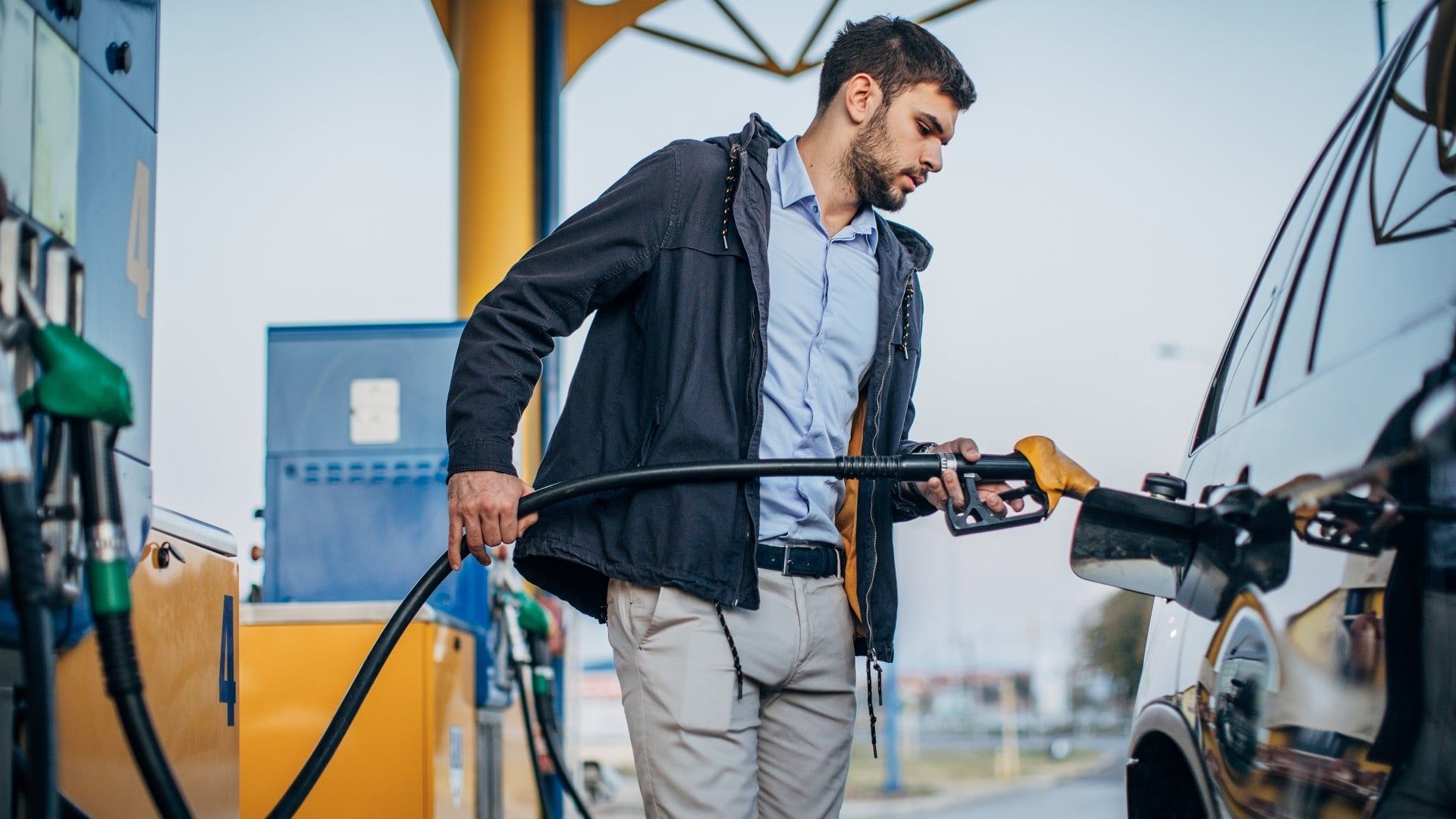Even amidst inflation concerns, Shopkick survey finds that 61 percent of consumers still plan to travel this summer
Although consumers are faced with near-record inflation and looming recession concerns, they are still making plans for some fun this summer. Astronomical gas prices are not stopping consumers from hitting the road either as 83 percent of consumers are relying on cars for their summer travel plans, followed by airplanes (41 percent), trains (6 percent), cruises (6 percent) and buses (5 percent).
Key Insights Include:
- Financial Concerns: Americans everywhere are experiencing serious financial difficulties, so it is not surprising that 59 percent of consumers say cost is a main concern when it comes to making summer travel decisions this year. Other important factors include the types of activities available such as amusement parks, museums and tours (17 percent), travel convenience (13 percent) and distance (7 percent).
- COVID Concerns: Additionally, the majority of consumers (73 percent) say COVID concerns are not impacting their travel plans, and neither are environmental concerns (78 percent).
- Save Up to Fuel Up: For those 83 percent of consumers relying on cars as their mode of transportation, the majority (55 percent) expect to spend between $151 and $500 on gas this summer, while others plan to spend between $51 and $150 (23 percent), $501 and $1000 (15 percent), over $1,000 (5 percent) and less than $50 (3 percent).
- Summer Spending: When it comes to how much consumers are anticipating spending on travel expenses this summer compared to last, 41 percent plan to spend less overall, 37 percent plan to spend more and 22 percent plan to spend the same amount.
- Consumer Compromises: The majority of consumers who plan to spend less on vacation this summer are compromising on food and drink (60 percent), lodging and accommodations (56 percent), experiences (56 percent), souvenirs (55 percent), and transportation (32 percent). Those who plan to spend more are allotting a bigger budget for transportation (78 percent), food and drink (65 percent), lodging and accommodations (57 percent ), experiences (39 percent), and souvenirs (16 percent).
- Summer Savings Plan: Of those consumers spending less, they plan to utilize coupons and rewards apps to help afford summer travel expenses (45 percent), travel closer to home (42 percent) and book discounted accommodations (28 percent). Other consumers plan to hold or stop traveling altogether until inflation prices decrease or COVID cases decline (54 percent ) and change their mode of transportation to save money on gas (18 percent).
“After two summers stuck at home, people are eager to take their postponed trips, see long-distance relatives, and go on vacation, but inflation is creating significant financial challenges for Americans,” said Brittany Billings, EVP, strategic markets & marketing at Shopkick. “Our data shows that inflation is not stopping consumers from traveling, but forcing them to be strategic about budgeting and cautious with overall spending. During the summer months, retailers should be prepared with products that consumers actually need, such as groceries and household essentials, or items that have longevity with greater perceived value versus single-use. Consumers should keep an eye out for retailers leveraging steep discounts and promotions as a result of excess inventory.”




